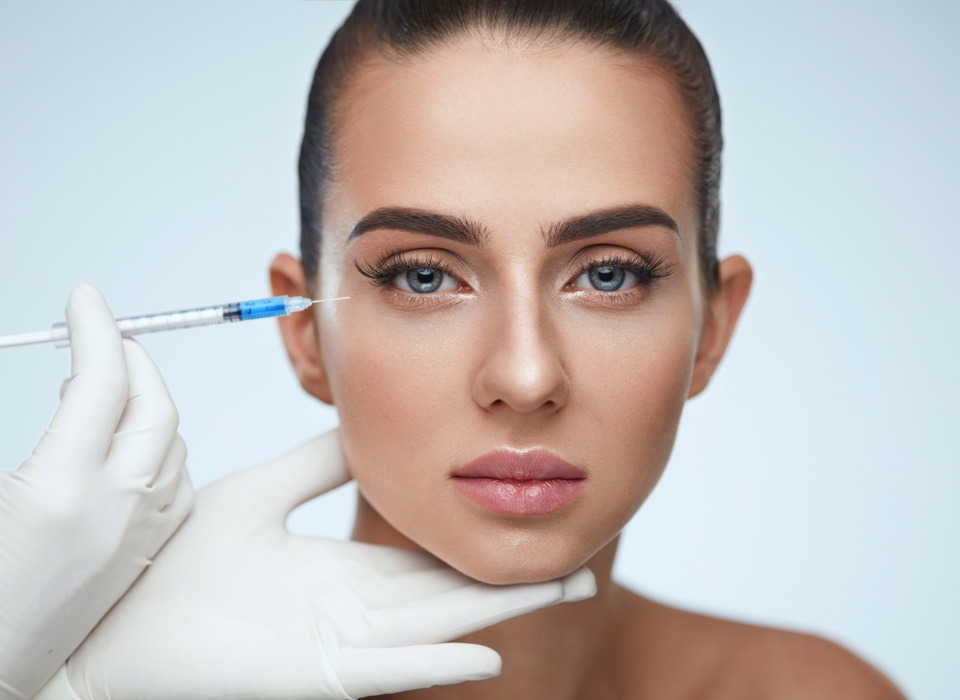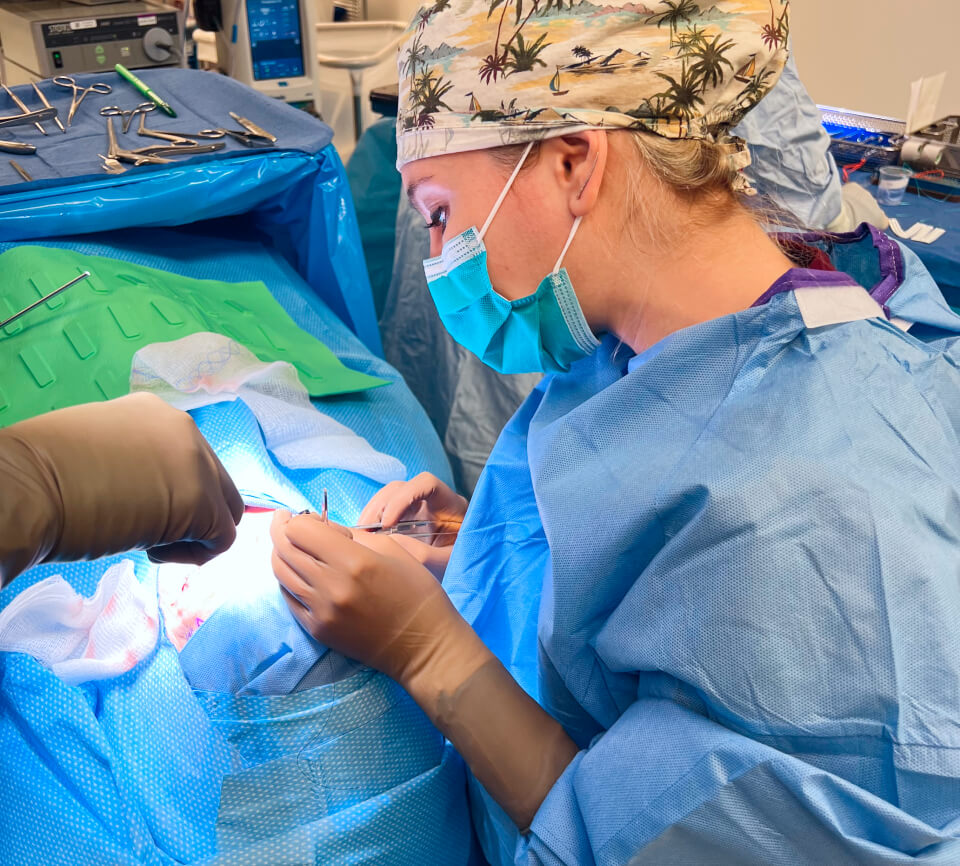Dark Circle Treatment



Dark circles under the eyes are a common issue we see in our specialty clinic at Jennifer Murdock, MD. Patients complain about dark circles, also known as periocular hyperpigmentation (POH), which can be a frustrating aesthetic concern. They can make patients look tired, older, or even unhealthy, regardless of how well-rested they may feel. The under-eye area is uniquely complex, with multiple overlapping factors that can contribute to the appearance of dark circles. Understanding the root causes is essential for achieving effective, long-lasting treatment.
Dr. Jennifer Murdock, MD, is a board-certified oculofacial plastic surgeon who specializes in diagnosing and treating this delicate region. With advanced training in both reconstructive and cosmetic eyelid surgery, she provides patients with an individualized treatment plan that can restore an attractive, natural appearance.
Dark circles are not usually caused by a single issue. Instead, they are the result of many different anatomical, genetic, and skin-related factors.
The eyelid skin is the thinnest on the body, and it becomes even thinner with age. As collagen and elastin degrade over time, blood vessels and underlying structures become more visible, producing a bluish or purplish discoloration. Genetics also plays a strong role, and some patients are born with thinner periorbital skin or more prominent vessels around the eyes, predisposing them to lifelong dark circles. Sun exposure accelerates skin thinning and worsens pigmentation changes over time.
With age or rapid weight changes, the fat that supports the lower eyelid and upper cheek diminishes and descends with gravity. This loss of volume creates a hollow that can appear in the tear trough, appearing as though a shadow is cast beneath the eyes. Even in patients without significant pigmentation, this shadowing can make the under-eyes appear dark and tired.
In some cases, the darkness is due to actual pigmentation within the skin itself. This can result from sun damage, genetics, or even post-inflammatory hyperpigmentation after eyelid procedures or constant irritation from rubbing or allergies.
Not all dark circles are from pigment or shadowing—sometimes puffiness or fluid retention makes the under-eye area appear darker. Allergies are a frequent culprit, as congestion can worsen venous stasis around the eyes. This kind of swelling tends to fluctuate from day to day or even after eating salty foods. Another common modern cause is misplaced dermal filler or dermal filler that has migrated, which can attract unwanted fluid and create a bluish discoloration known as the Tyndall effect. Remember, filler is actually a permanent implant, and it can change with time. Very often in our specialty practice we see many patients with under eye filler performed previously who come to us for new swelling under the eyes. Now, we face the challenge of treating constant eyelid edema from this previous filler causing discoloration and an abnormal appearance under the eyes.
Because there are multiple potential causes, treatment must be carefully tailored to the individual patient. Dr. Jennifer Murdock offers a full range of nonsurgical and surgical options to address each underlying factor, depending on each patient’s individual needs.
For patients with hollowing and volume loss, carefully placed hyaluronic acid fillers can smooth the transition between the lower eyelid and cheek. In the right filler candidate, this treatment option reduces shadows and restores youthful volume in the upper face. In select cases, biostimulatory injectables (such as platelet-derived growth factors or even fat grafting) may be used to add volume and stimulate the body’s own collagen and hyaluronic acid production for longer-lasting improvement.
Importantly, fillers must be performed with extreme precision in the under-eye area to avoid complications like swelling or a lumpy appearance. As an oculofacial plastic surgeon, Dr. Murdock has specialized expertise in eyelid anatomy, making her uniquely qualified to perform safe and natural-looking under-eye filler treatments that can improve dark circles.
When thin skin or surface pigmentation is the main issue, ablative laser resurfacing can be highly effective at reducing the appearance of dark circles. By stimulating new elastin and collagen production, the skin becomes thicker and more resilient, reducing the visibility of underlying vessels. Resurfacing also improves skin tone and texture, softening fine lines while lightening pigment from previous sun damage.
Dr. Murdock utilizes advanced laser technology—including the 2910-nm UltraClear® laser—to precisely treat the delicate under-eye skin with minimal downtime.
When visible blood vessels contribute to dark circles, light-based therapies are an excellent option:
All of these treatments can be used alone or in combination with resurfacing or eyelid surgery for comprehensive rejuvenation.
For patients with significant fat prolapse, hollowing, or advanced aging changes, lower eyelid blepharoplasty provides the most definitive solution. Rather than simply removing fat (which can worsen hollowing), Dr. Murdock often performs fat transposition to restore natural anatomy and volume loss.
In this technique, the fat pads are carefully repositioned to fill in the deep tear trough and smooth the transition between the eyelid and cheek. This restores natural volume while eliminating puffy “bags” under the eyes. The result is a refreshed, youthful look to diminish dark circles without harsh hollowing or a “surgical” appearance.
Blepharoplasty may be combined with skin tightening, laser resurfacing, or fat grafting for the most comprehensive result. As a fellowship-trained oculofacial plastic surgeon, Dr. Murdock tailors each surgery to the patient’s unique anatomy and cosmetic goals.
The under-eye region is one of the most complex and unforgiving areas to treat. Even small errors in filler placement or surgery can lead to visible irregularities. That is why choosing a true specialist is critical.

If you struggle with dark circles or under-eye bags, schedule a consultationwith Jennifer Murdock, MD, in Miami, FL, to explore your options. As a specialist in oculofacial plastic surgery, she is uniquely qualified to diagnose the root cause of your dark circles and design a treatment plan tailored to you.
A brighter, more youthful look is possible—with the right expertise guiding you.
12750 NW 17th St, #226
Miami, FL 33182
601 N Federal Hwy, Suite 411
Hallandale Beach, FL 33009
Call: 305-315-5577
